How well do you know about Olympic Games-ANTWERP 1920
Publish date:2020-11-29 Pageview: 955
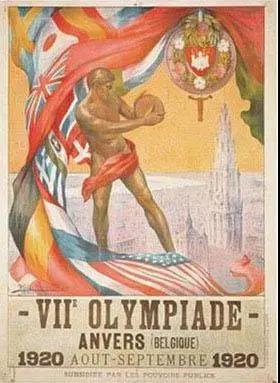
HARD TIMES
The 1916 Olympic Games were scheduled to be held in Berlin but were cancelled due to World War I. The 1920 Games were awarded to Antwerp to honour the suffering that had been inflicted on the Belgian people during the war.

OPENING CEREMONY
During the Opening Ceremony, the Olympic flag with the five rings signifying the universality of the Olympic Games was raised for the first time at an Olympic Games. The Olympic oath was taken for the first time by an athlete on behalf of all competitors, and for the first time doves were released as a symbol of peace.
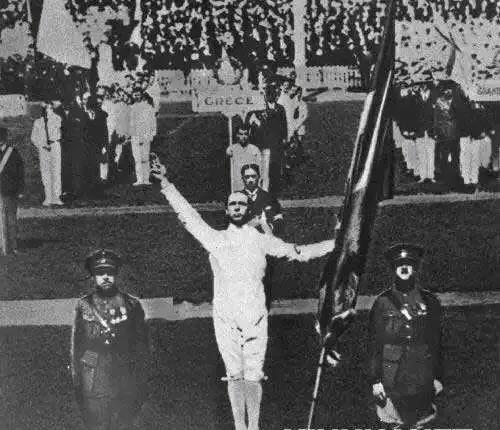
MEMORABLE CHAMPIONS
In a performance unequalled in Olympic history, Nedo Nadi of Italy earned gold medals in five of the six fencing events. Ethelda Bleibtrey of the US won gold medals in all three women’s swimming contests. Including preliminary heats, she swam in five races and broke the world record in every one.
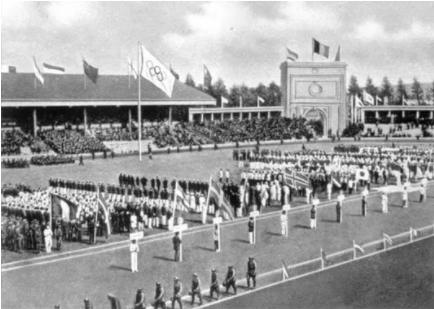
AGE NO BARRIER
At age 72, Swedish shooter Oscar Swahn earned a silver medal in the team double-shot running deer event to become the oldest medallist ever.
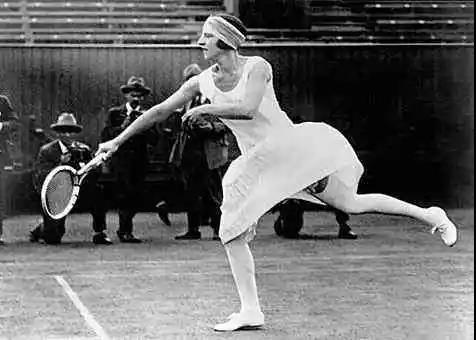
NOCs: 29
Athletes: 2,626 (65 women, 2,561 men)
Events: 156
Volunteers: n/a
Media: n/a
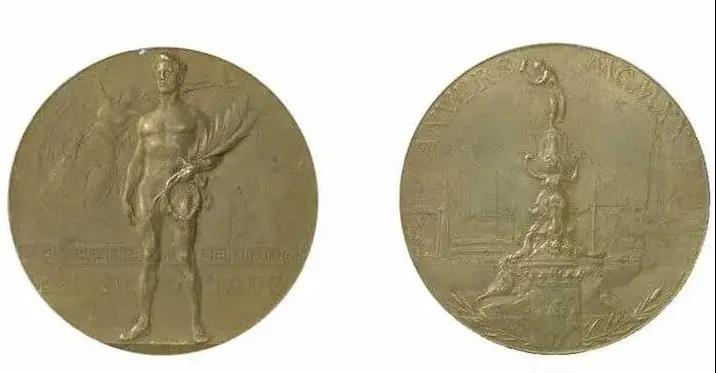
A UNIQUE OPENING CEREMONY IN MANY WAYS
First use at an Olympic Games of the Olympic flag with the five rings signifying the union of five continents, created by Baron de Coubertin; the first time a competitor took the Olympic oath and the first release of doves as a symbol of peace.
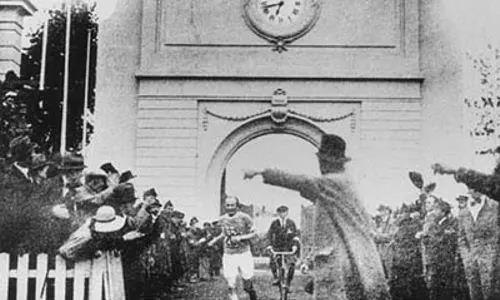
THE ROLE OF THE NATIONAL OLYMPIC COMMITTEES (NOC)
For the first time, only the National Olympic Committees could enrol participants.
CEREMONIES
Antwerp 1920. Opening Ceremony of the Games of the VII Olympiad. The Belgian delegation parades in the Stadium.
Official opening of the Games by:
His Majesty The King Albert
Lighting the Olympic Flame by:
A symbolic fire at an Olympic Summer Games was first lit in 1928 in Amsterdam.
Olympic Oath by:
Victor Boin (water polo/fencing)
Official Oath by:
The officials' oath at an Olympic Summer Games was first sworn in 1972 in Munich.
Antwerp 1920 Medals
On the obverse, a tall, naked athlete, holding in his left hand a palm leaf and a laurel crown, symbols of victory. Behind him, the figure of the Renommée playing the trumpet. In the background, a frieze with a Greek motif with the inscription "VII OLYMPIADE" underneath.
On the reverse, the Antwerp monument, commemorating the legend of Brabo throwing into the Scheldt the hand of the giant Druoon Antigoon, who had been terrorising the river. In the background, the cathedral and port of Antwerp. In the top half, the inscription "ANVERS MCMXX". The legend say that in Antiquity, this cruel giant forced all vessels on the river to pay a toll. If the captain refused to pay, he cut off his hand. The giant spread terror amongst the sailors for many long years, until the day he met Silvius Brabo. This courageous Roman soldier dared to take on the giant and succeeded in killing him. As revenge for his victims, he cut off the giant's hand and threw it into the river. This is where the name of the city comes from- "Antwerp" means "thrown hand". A total of 1250 copies were made- 450 gold medals, 400 silver medals and the same number in bronze.
Antwerp 1920 Poster
It represents the flags of the participating nations all flying together. In the top right, the coat of arms of the organising city. In the centre, a discobolus, a reference to the Games of Antiquity. In the background, the city of Antwerp with the Tower of Notre Dame. 90,000 copies were made in 17 languages (large format).
ANTWERP 1920: A DEFINITE OLYMPIC LOOK
The five rings seen for the first time. The rings were displayed on a white flag flown in the Olympic Stadium.
This was the first public appearance of the Olympic symbol, designed in 1913 by Pierre de Coubertin.
The Olympic visual identity was born, and grew over time. Today, the symbol is one of the most well-known and widely recognised in the world!
















